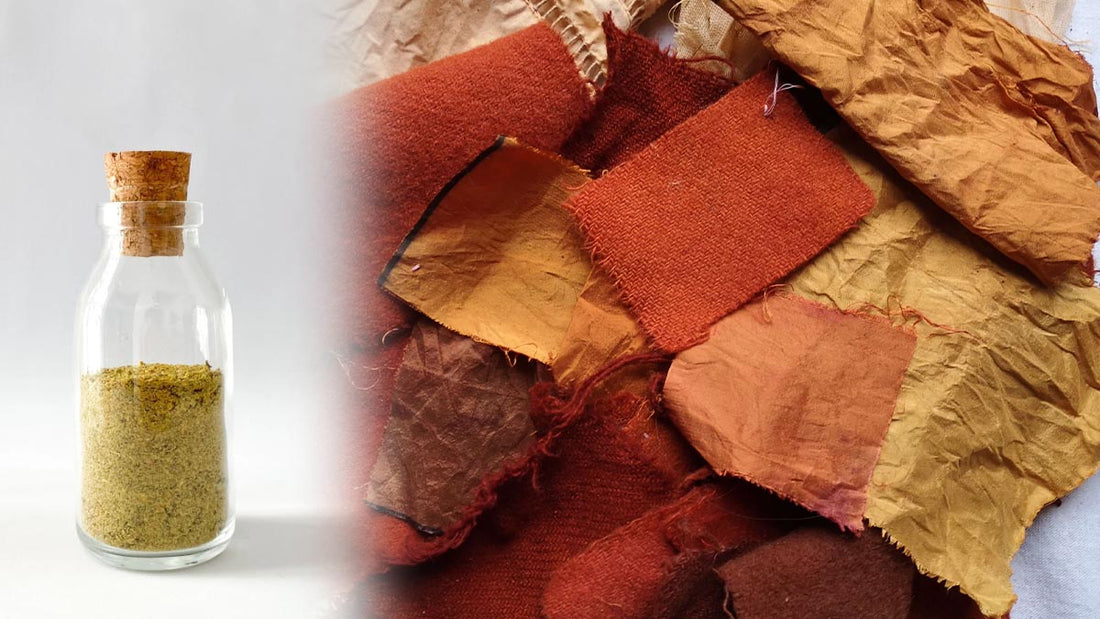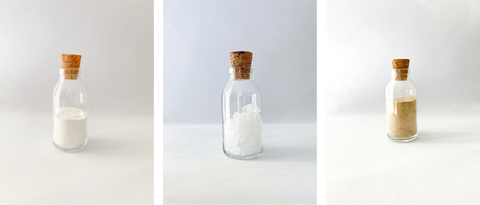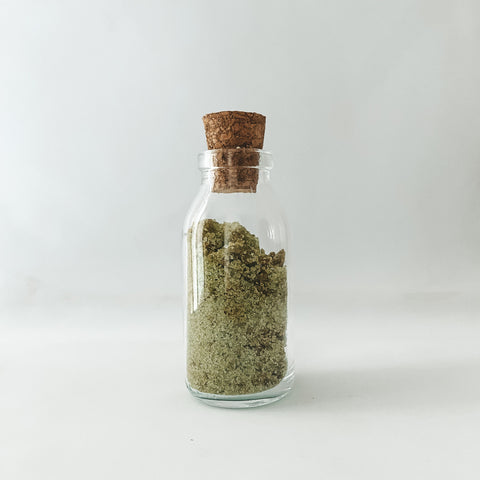
How to Dye Fabrics With Natural Extracts?
How to dye fabrics with natural extracts?
Here’s your guide to foraying into the world of mordants, dyes, and natural dyeing.

Dyeing with plant extracts is one of the oldest traditions in our history. Our ancestors depended on a wide variety of plants and insects to color their clothing. This way of dyeing clothing is a lot healthier than the chemical painting method. Instead of environmentally dangerous components, dyeing with plant extracts is completely eco-friendly and does not harm nature. It is also great to see the different results of the dyeing. As there are many important factors, you will likely see varying color shades in painting batches.
How to dye fabric with natural dyes?
Natural dyeing is a process that requires time and patience. Yet the results are always mesmerizing. Provided that you follow the instructions below correctly, you will experience the beauty of dyeing with plants, similar to our ancestors who have passed it for generations to come.
Before we start, it is important to note that collecting the dyeing should not be harmful to the environment. If this is your first foray into the world of natural dyeing, you need to make sure that you are not damaging the environment while collecting materials. While finding the essential plants is already difficult, keep in mind that you need to be even more careful when gathering the ingredients.
What are the best fabrics for natural dyeing?
Cotton, wool, silk, muslin, and organic linen are the best fibers for dyeing with natural extracts. They retain color a lot better than many other fibers. They also do not require a lot of work before you start the process. In short, they are easy to prepare and easy to dye for all of your natural dyeing projects.
1. Prepare the fabric for mordanting.
After ensuring that you have all of the required materials, prepare the fiber or the fabric by treating it with a mordant. Make sure that you follow the mordanting instructions to ensure you add the right amount to it.

Mordanting is essential to make sure the fabrics retain their color. Also, note that extracts like indigo do not require a mordant. Yet again, this process must be completed for other fibers to preserve their color. For alum, weigh the fabric and divide its weight by four. That’s how much alum you will need to use. An ounce, which is equal to two level tablespoons, should be enough.
Note that adding vinegar to your mordant solution is a must. Especially when painting wool and silk, do not forget to add vinegar. When you are dyeing cotton, hemp, or flax, the addition of table salt is quite important as well.
2. Before you start dyeing, wet the fabric in warm water.
Make sure you have a clean pot or a bucket to paint the cloth. The best pots for the painting are stainless steel or enameled pots. Fill it with warm water and wet the fabric and squeeze it while avoiding making it completely dry. ensure that every side of the fiber is wet as well.
After that, add the mordant solution into the pot and heat it until the temperature reaches around 180 F. Make sure you stir for an hour at that temperature. After this process is complete, leave the fabric in the pot for the night.
3. Start dyeing the fabric.
After waiting in the pot with a mordant, wait for the fabric to dry and then rinse it in cold water.
Add the natural extract and the right amount of water into the pot. That way, the dye extract will reach every part of the fabric. Do not worry if the color seems too dark at first. It will reach lighter tones after it is rinsed and dried. If the fabric color seems too light in the beginning, try adding a bit more dye to increase the volume of color.
Heat the painting pot until it reaches around 180 F. This is a great temperature for natural dyeing. Make sure you heat it for an hour.
Natural Dyeing Tips and Tricks
Here are some useful tips and tricks in your dyeing adventures.
- Dry the plants you have collected in a place that receives airflow. Hanging them in shady places will preserve their color. Exposing them to the sun will make their color fade.
- Mordant the fabrics before painting.
- Always treat the textile before dyeing and boil it in alkaline water.
- Use enameled or stainless-steel pots.
- Soak wool and silk instead of boiling them.
- You can obtain darker shades by drying the fabric without rinsing. Before that, make sure you unscrew the material and then you can put it back into the mixture.
- A great mordant solution contains alum, ferrous sulfate, or copper.
- The type of metal salt allows for different colors.
- Oak bark, oak buds, alder, birch, and spruce bark are especially better for a brown color. They also do not need special mordanting.
Conclusion
Here’s everything you need to know about dyeing fabrics with natural extracts. From mordanting to dyeing, follow the instructions above to get great results. But always feel free to experiment as these types of things can only be learned by making mistakes.
Also, note that you may get different results than the ones you see on the internet. There are many factors that play a key role in the dyeing process. That’s why you can always try again and experiment with different materials and extracts.